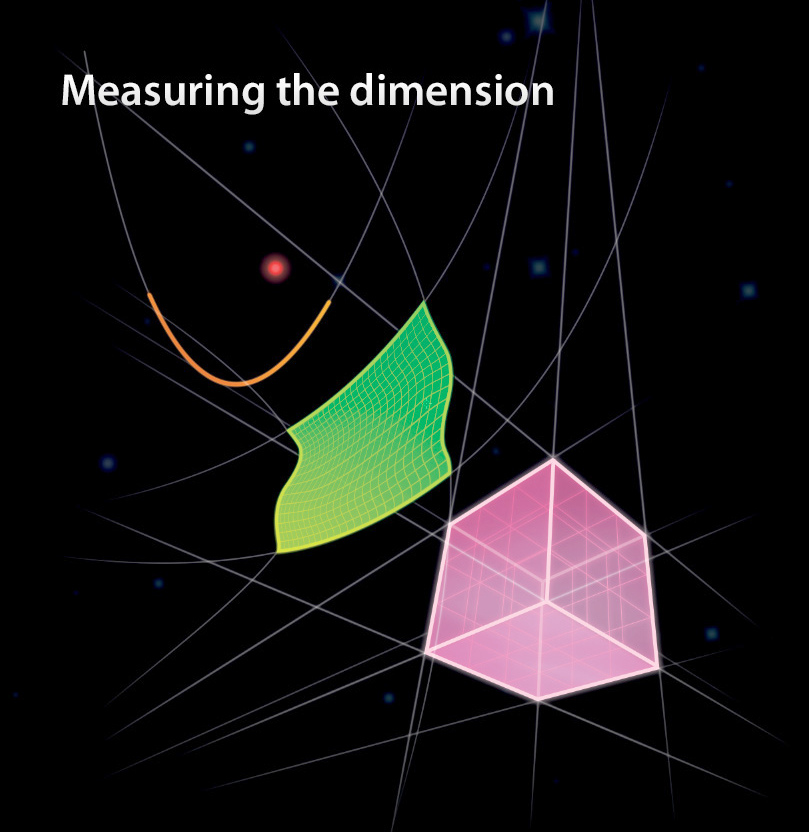In collaboration with experimental and theoretical quantum physicists from Barcelona and Bristol, we have explored properties of physical systems related to the dimension of their phase space. Experimental observations are usually described using theoretical models that make assumptions about the dimensionality of the system under consideration. However, would it be possible to assess the dimension of a completely unknown system only from the results of measurements performed on it, without any extra assumption? The concept of a dimension witness answers this question, as it allows bounding the dimension of an unknown system only from measurement statistics. We have reported on the experimental demonstration of dimension witnesses in a prepare and measure scenario [http://arxiv.org/abs/1111.1208]. We use photon pairs entangled in polarization and orbital angular momentum to generate ensembles of classical and quantum states of dimensions up to 4. We then use a dimension witness to certify their dimensionality as well as their quantum nature. Our work opens new avenues in quantum information science, where dimension represents a powerful resource especially for device-independent estimation of quantum systems and quantum communications. The work was published in Nature Physics [10.1038/nphys2334] last week.

For more information, please, contact Dr. Michal Mičuda <micuda(AT)optics.upol.cz>.
Fyzika a informatika zkoumají vlastnosti fyzikálních systémů nebo souborů bitů. Většinou se ale předpokládá, že známe počet částic případně počet bitů a jejich stav. V kvantové fyzice a kvantových počítačích už to není tak jednoduché. Obecně nemůžeme rozhodnout, zda je kvantový bit ve stavu 0 nebo 1. V reálných podmínkách se také ukazuje, že si nemůžeme být jistí ani tím, zda náš kvantový “tranzistor” má dvě možné úrovně (0,1) nebo tři, čtyři či více. V posledním čísle časopisu Nature Physics vyšel článek zabývající se tímto problémem. Spolupracoval na něm Dr. Michal Mičuda z naší Laboratoře kvantové optiky a informatiky v Olomouci. Na tomto výzkumu se dále podíleli vědci z Barcelony a Bristolu.


